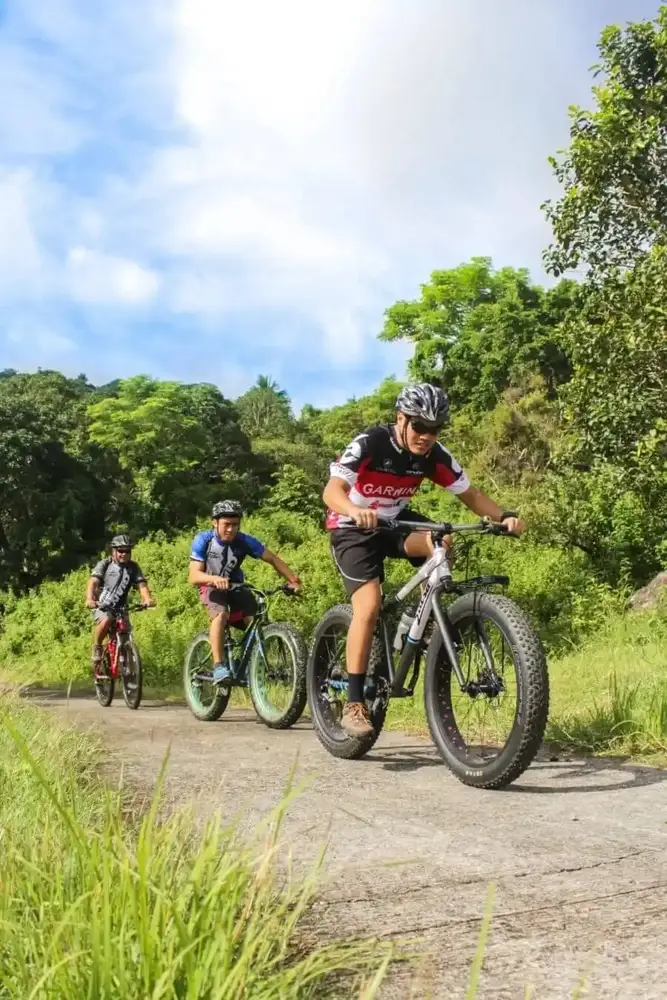Indiana has more than 1,500 miles of paved off-road trails for cyclists and pedestrians. The Indiana Department of Natural Resources (DNR) is responsible for tracking these trails, as well as planning new trails. But maintenance and enforcement of laws on the trails is more often the role of local or county government. Here’s what you need to know about trail laws and who to contact if you are injured on a public trail in Indiana.

Indiana Trails Maintenance Guidelines
In 2006, former Indiana Governor Mitch Daniels and the DNR developed the first State Trails Plan, with the goal of developing a trail within 7.5 miles of every Hoosier. Since assuming office, Governor Holcomb extended this project through the Visionary Trails Grant, a $90M grant program to help communities build their own trails.
Part of this statewide initiative to increase and improve Indiana’s trails involved centralizing the laws and rules for the trails’ use. Indiana Public Law 67 put these guidelines into effect in 2016:
- Ownership and management of the trail must be clearly listed on signs at each trailhead.
- Trail managers and neighboring landowners must work together to ensure tree branches, roots, and other obstructions don’t affect the trail’s passability.
- Law enforcement agencies should treat the trails like any other public land during patrol.
- Americans with Disabilities Act (ADA) requirements must be adhered to for all trail facilities and relevant features, including signage.
These are just some of the guidelines governing the maintenance and safety enforcement on Indiana’s trails, but they reflect the many intersecting organizations and individuals who may be responsible for the trail itself. In addition, individuals on the trail are always responsible for complying with the law, including Indiana’s bike laws. If you have been injured by negligent maintenance or behavior on a trail, this is why it’s best to speak with an experienced bicycle injury attorney or pedestrian injury attorney.
Speak with a personal injury lawyer today. Call: 317-488-5500
Indiana’s Top Public Trails
Among Indiana’s network of statewide trails, notable trails include:
- Cardinal Greenway 62mi, Richmond–Muncie–Marion Columbus
- Nickel Plate Trail 42mi, Rochester–Kokomo
- Rivergreenway 25mi, Fort Wayne
- Monon Trail 24mi, Indianapolis–Hamilton
- Panhandle Pathway 23mi, Winimac–Kenneth
- Pumpkinvine/Mapleheart Trail 23 mi, Elkhart–Goshen– Middlebury–Shipshewana
- People Trail System 22mi, Columbus
In addition to the state-level laws that govern these trails, different municipalities may have their own laws about cycling or pedestrian behavior. There are laws for cyclists in Indiana that apply across trails and roadways. Another point of difference is permitting electrical bikes (e-Bikes) on Indiana trails. E-bikes are defined as class-B motor-driven cycles by the state, but there isn’t a statewide law about their use or non-use on all trails. E-bikes are generally not permitted on sidewalks or on Federal trails reserved for non-motorized use. But at a local level, even these permissions may vary. This is one example of how different behaviors may or may not be legal on different Indiana trails.
As of 2019, the Visionary Trails System in Indiana is less than 50% complete. This means more trails will continue to be developed across our state, ultimately creating a network of trails that can be used from border to border. As different municipalities get access to trails, the rewards will manifest for every Hoosier and visitor to our state. But there are also risks. If you or a loved one has been injured on an Indiana trail and believe negligence played a role, contact the Indianapolis personal injury attorneys at Christie Farrell Lee & Bell. From listening to your story to fighting for you in court, we’re your advocates. Dial 317-488-5500 or get in touch with us online today to get started.
Call 317-488-5500 or complete a Free Case Evaluation form



